
Ball mill is a kind of grinding equipment commonly used in the concentrator, which accounts for a large proportion in the capital investment and production cost of the whole concentrator. Besides, it also has a great impact on the final economic and technical indicators of the concentrator.
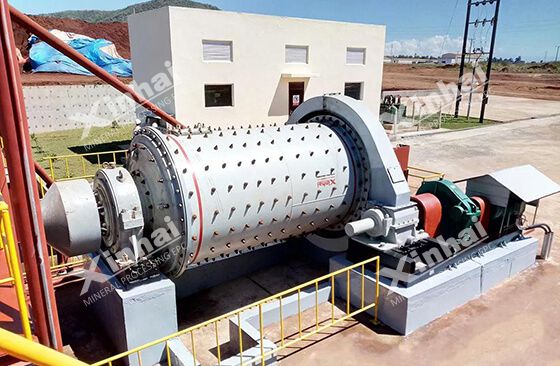
According to the different grinding conditions, the ball mill can be divided into wet ball mill and dry ball mill. Before selecting the type of ball mill, we should know about the difference between the wet ball mill and dry ball mill, then make a targeted choice.
Different structure construction
The wet ball mill and dry ball mill are basically the same in shape and component structure. The cylinder is cylindrical. The component structure mainly includes the feeding part, the discharging part, the rotary part, the transmission part (reducer, transmission pinion, motor, electric control), etc.
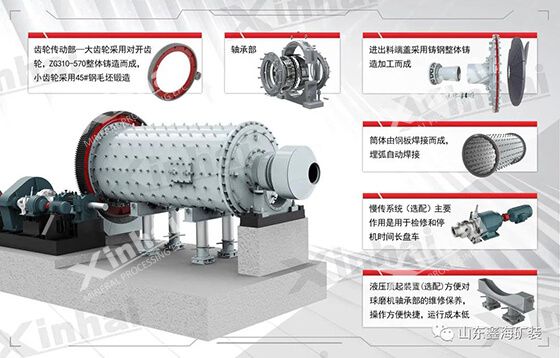
The difference between the two is that the structure of the wet ball mill is relatively simple, without too many auxiliary accessories, and the horn-shaped discharge port and the double helix built-in ore discharging facilities are more convenient for discharging. The structure and structure of dry ball mill is more complex with straight cylinder discharge port, air suction device, dust pipe and dust collector.
Different working principle
The working principle of the wet ball mill is to use the transmission machinery to drive the barrel for rotating, and the material is fed from the ore feeing port. Under the action of centrifugal force, the steel ball, material and the lining plate in the barrel body strike and grind among them, so as to complete the material grinding. In this process, the wet ball mill needs to be matched with water to achieve the appropriate pulp concentration. The qualified materials are discharged from the discharging port, while the unqualified materials are returned to the wet ball mill for regrinding.
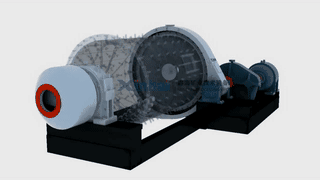
In the operation process of dry ball mill, the material is fed into the hollow shaft from the feeding device, and the hollow shaft sends the material into the first warehouse by the uniform spiral movement. The warehouse is equipped with the ladder lining board (or corrugated lining board) and steel balls with different specifications.
Different grinding conditions
According to their names, the wet ball mill is grinding under wet conditions, while the dry ball mill is grinding under dry conditions.
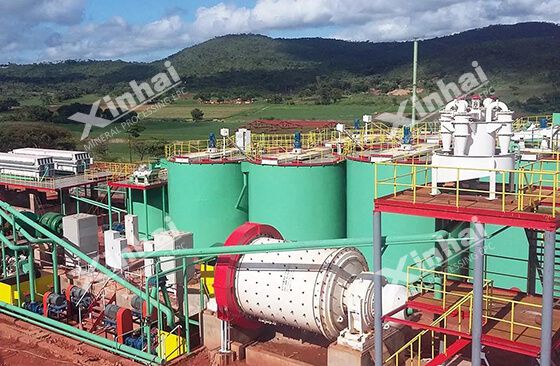
The water flow (or anhydrous ethanol) is involved in the wet grinding process, and the movement of material is driven by the water flow.
The dry grinding refers to there is no need water to drive the material after grinding, and the qualified material can be taken out by the air flow pumped from the outside of the cylinder.
Different characteristic
The wet ball mill can achieve continuous production, has the stronger adaptability to the material, large crushing ratio, easy to adjust the abrasive fineness, high grinding efficiency, low water content requirement of the ore and simple material transport device. Its investment cost is about 5%-10% lower than the dry ball mill.
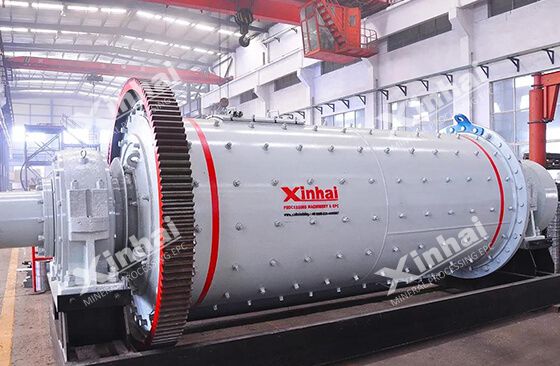
The dry ball mill adopts grate plate forced-discharging mode, its discharging is smoother, and there is no rise grinding phenomenon, the cylinder doesn’t need cooling, and the material has the small wear to the on the lining plate and medium in the fine grinding process. Besides, it has long service life and low failure rate. But because of its barrel reasons, the dry ball mill occasionally forms the dead corner, the material in the dead corner is not easy to be ground.
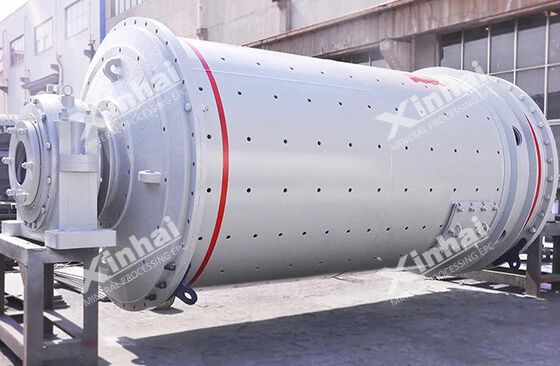
When the material meets the water will not affect the final product quality, the requirements on the selected ore particle size are fine, and the separation requirements are high, then the material can adopt the wet ball mill.
The wet ball mill has a wide range of applications, can be used to treat all kinds of metal and non-metallic minerals, such as gold ore, silver ore, copper ore, iron ore, phosphate ore, molybdenum ore, feldspar ore, fluorite ore, etc.
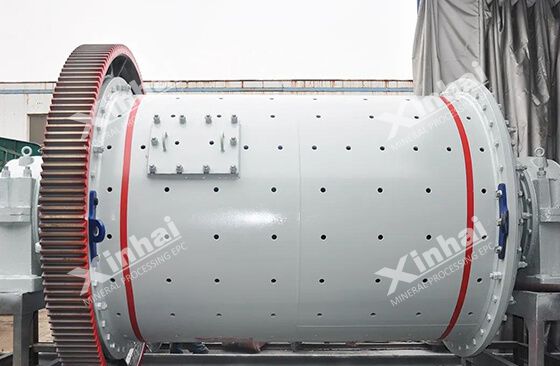
If the material has physical or chemical reaction with water (such as cement, marble and other building stones), or the material needs to be stored or sold in the form of grinding, the dry ball mill can be considered.
In addition, for some arid areas whose water resources are relatively scarce, the dry ball mill can be used for the water conservation considerations.

Here are the four major differences between wet ball mill and dry ball mill and how to choose the two. Only by identifying the grinding method suitable for the material, can we ensure the quality and efficient operation of the ball mill. The wet ball mill and dry ball mill have their own advantages, we still make the rational choice according to the properties, characteristics of the material, the requirements for the product and the working environment.
To find out more about our products and solutions, please fill out the form below and one of our experts will get back to you shortly.